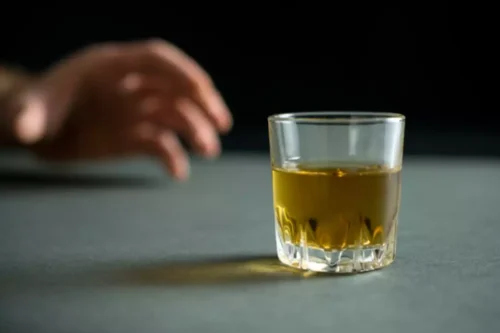
Your provider can help get to the bottom of your symptoms and recommend the best next steps. Alcohol intolerance is caused by a genetic condition in which the body can’t break down alcohol efficiently. The only way to prevent these uncomfortable reactions is to avoid alcohol. Alcohol intolerance can cause immediate, uncomfortable reactions after you drink alcohol. The most common signs and symptoms are stuffy nose and skin flushing. Facial flushing while drinking is usually due to an ALDH2 deficiency, which may make alcohol consumption more harmful to your health.
Alcohol and Medication Interactions in General
And because everyone metabolizes alcohol at their own rate, some people will take longer to clear it than others. Talking to your doctor before taking NyQuil and other medications is best. They can help you understand the possible risks and decide if it’s a safe choice for you. Mixing NyQuil and alcohol is dangerous and can have serious consequences.
When to see a doctor

With a foundation in scientific research and rigorous testing, iBlush offers innovative, effective solutions to alleviate symptoms such as facial redness, itching, and rapid heartbeat. Through its unique formulas and portable products, iBlush empowers individuals to embrace social occasions with comfort and confidence. Now expanding into the U.S. market, iBlush remains committed to its mission of providing relief and redefining the social drinking experience. It may seem unfair that an inherited condition keeps you from enjoying the occasional glass of wine or beer. But staying away from alcohol can free you from the uncomfortable hot flushes and digestive issues that come with alcohol intolerance. Plus, avoiding alcohol lowers your risk for cancer and other serious diseases.

Alcohol Detection Timeline
- This inflammation of the vascular system may over time potentially lead to cardiovascular and neurovascular disease (Zhang, 2023).
- When it comes to “passing” an alcohol test, there’s no guarantee.
- There’s a bit of truth to the phrase, “sleep it off.” Sleep allows your body to rest and recover.
Moderate impairment can also make you more likely to engage in risky behaviors such as driving under the influence or becoming aggressive with others. After a night of drinking, you may be feeling worse for the wear. If you’re dealing with a hangover, you’ve probably even tried some of the various home remedies to alleviate the usual headache, nausea, and lethargy.
- Your blood alcohol content (BAC) level is reduced by 0.015 per hour.
- A hair follicle ethylglucuronide (EtG) test will reveal alcohol use for up to 90 days after consumption.
- Frequent exposure to aldehydes, especially when alcohol is combined with aldehyde exposures from sources such as cigarettes or e-cigarettes may increase the risk of developing cancer.
- Acetaldehyde accumulation at the cellular level can trigger DNA damage and modify protein functions by forming aldehyde-induced adducts on DNA and proteins (Heymann, 2018).
- If you take more than the recommended dose, you may experience withdrawal symptoms.
Why your face may turn red when you drink.
These individuals can experience facial flushing, nausea, headache, dizziness, and rapid flush alcohol heartbeat. After a night of drinking, you may experience fatigue, queasiness, and low blood sugar. This is especially true if you did not consume adequate food before, during, and after drinking alcohol. Eating complex carbohydrates like toast, crackers, and bagels can help alleviate nausea and bring your blood sugar levels back up. Addressing nausea is important to prevent vomiting that can further dehydrate you. However, it’s important to remember that this doesn’t mean everyone who experiences an alcohol flush reaction will develop cancer.
